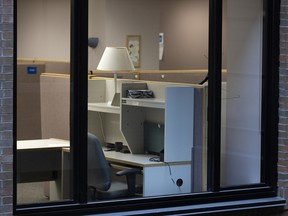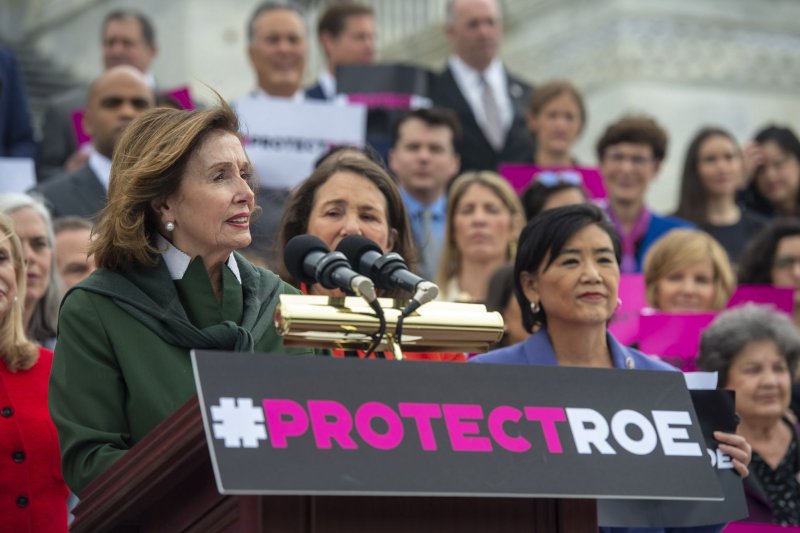GMO IS OMG SPELLED BACKWARDS
May 13 (UPI) -- A man dressed to impersonate North Korean leader Kim Jong Un, disrupted one of Australian Prime Minister Scott Morrison's campaign events Friday, in front of multiple news outlets.
Video of the event, for Liberal MP Gladys Liu at a manufacturing business in Melbourne, shows the man in a black pinstripe suit with slicked back hair and sunglasses, in similar style to the North Korean leader.
The man was apparently able to bypass some of the event's security checkpoints before loudly declaring that Liu was supporting the Chinese Communist Party "and now she's going to support the North Korean regime."
He was confronted by Morrison's staff and eventually questioned by the police after being escorted out of the building.
The man referred to himself as "the Supreme Leader."
"Excuse me, mate, you are going to have to leave, this is the most offensive thing I've ever seen on a campaign ... this is a private business," Morrison's media adviser, Nick Creevey, told him, according to the Brisbane Times.
"Excuse me, you don't tell the Supreme Leader what to do," he replied to a member of the Prime Minister's staff.
Senate candidate Drew Pavlou later took credit for the stunt on Twitter, thanking the impersonator for his work.
"This is actually one of the best things we've ever managed," he wrote.
"Love you Howard you beautiful genius."















